World’s largest asteroid impact zone discovered in Australia, with an impact covering 400 kilometers!
Image credit NASA
The impact happened by two meteors each 10km across, around 300 million years ago, left a 400km impact zone in Central Australia.
The findings, published in the journal Tectonophysics, have important implications for how life evolved on Earth.
The crater from the impact millions of years ago has long disappeared. But a team of geophysicists has found the twin scars of the impacts – the largest impact zone ever found on Earth – hidden deep in the earth’s crust.
Lead researcher Dr Andrew Glikson from the ANU School of Archaeology and Anthropology said the impact zone was discovered during drilling as part of geothermal research, in an area near the borders of South Australia, Queensland and the Northern Territory.
Dr Andrew Glikson, said:
“The two asteroids must each have been over 10 kilometres across – it would have been curtains for many life species on the planet at the time.
Large impacts like these may have had a far more significant role in the Earth’s evolution than previously thought.
It’s a mystery – we can’t find an extinction event that matches these collisions. I have a suspicion the impact could be older than 300 million years.”
The revelation of such ancient violent impacts may lead to new theories about the Earth’s history.
The exact date of the impacts remains unclear. The surrounding rocks are 300 to 600 million years old, but evidence of the type left by other meteorite strikes is lacking.
For example, a large meteorite strike 66 million years ago sent up a plume of ash which is found as a layer of sediment in rocks around the world. The plume is thought to have led to the extinction of a large proportion of the life on the planet, including many dinosaur species.
However, a similar layer has not been found in sediments around 300 million years old, Dr Glikson said.
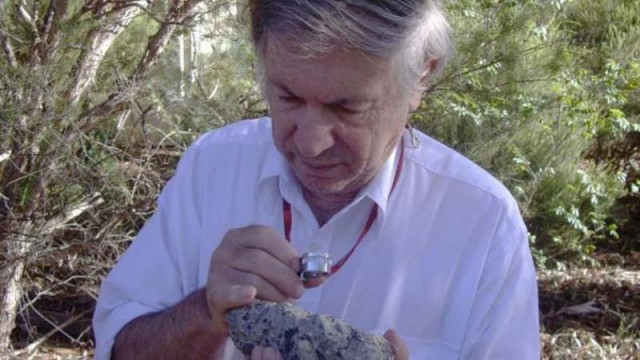 Andrew Glikson with a sample of suevite – a rock with partially melted material formed during an impact. Image: D. Seymour
Andrew Glikson with a sample of suevite – a rock with partially melted material formed during an impact. Image: D. Seymour
via sciencealert

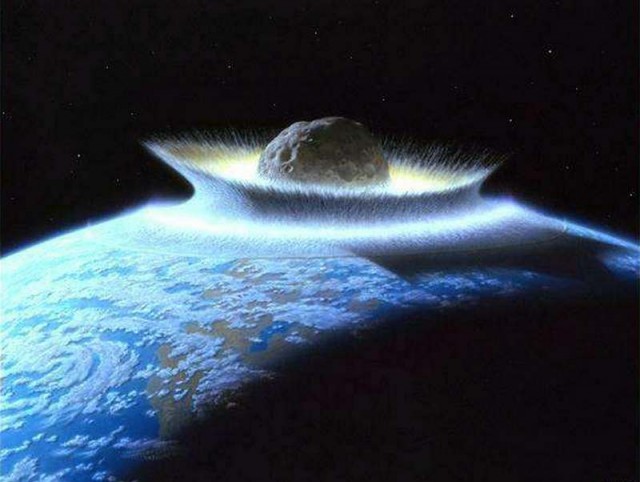
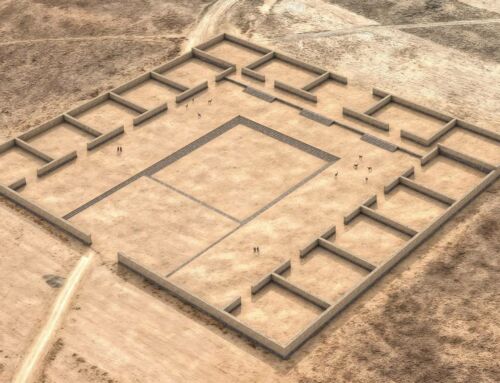
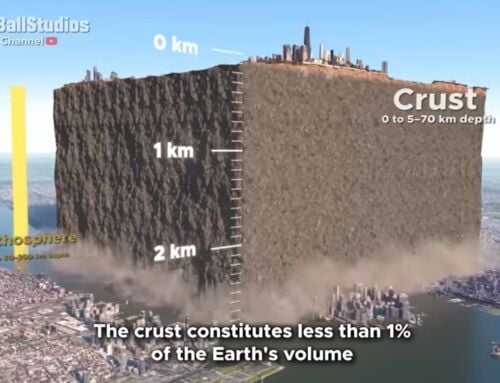

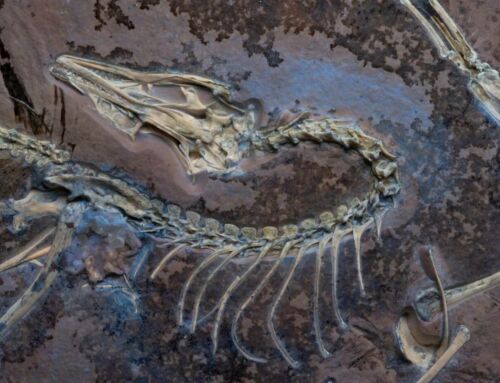
Leave A Comment